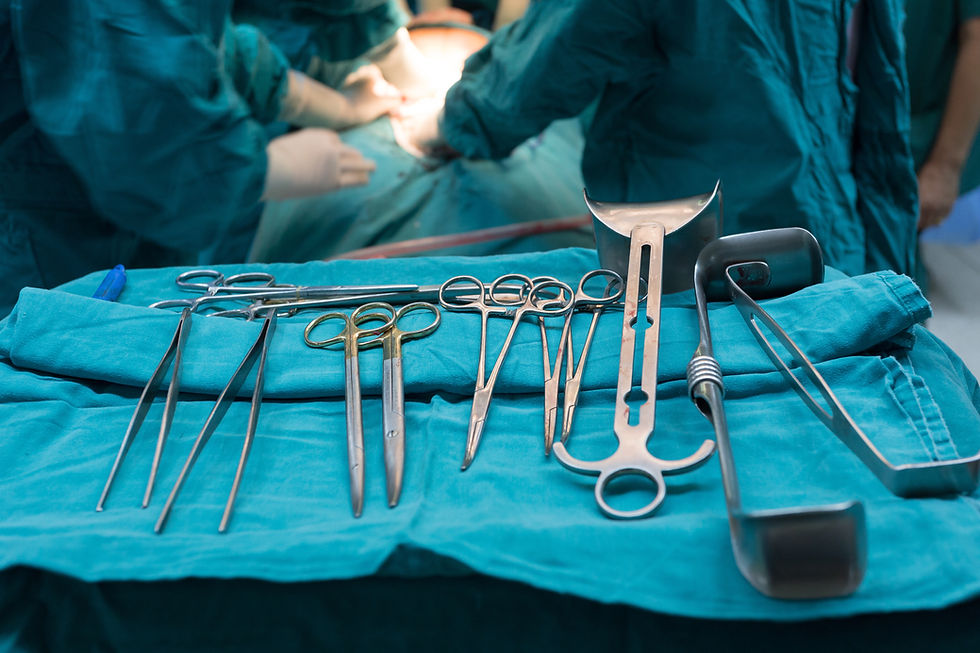
One in every 40 babies is born with a major birth defect, much more common than most people realize. Most are related to malformations of the heart, brain, spine, or kidneys, but almost any body part can be affected. Some of these occur in combination as part of a syndrome, but most are isolated findings. These days, 80% or more of these defects can be identified by ultrasound in the middle of the pregnancy. Parents can benefit from this early detection by being referred to specialists who explain the nature of the condition, how it might affect the child, what further diagnostic testing may help to provide a prognosis, and how follow-up evaluations should occur. The couple may also be referred to a pediatric specialist who is more familiar with the condition and its long-term implications.
Some fetal heart defects will need surgery after the baby is born, but there are other types of birth defects that doctors can now operate on while the baby is still inside the uterus. The most common intrauterine surgery currently being performed is for open spina bifida. Spina bifida is a condition where the skin over the spine is open, exposing the spinal cord. This occurs in approximately one in every 1,000 pregnancies and can be associated with hydrocephalus (fluid buildup in the brain), weakness or paralysis of the legs, and loss of bowel or bladder control. When identified in the second trimester, in many cases, a surgeon can insert a scope through the mother’s abdomen and into the uterus, and close the skin over this defect. When this is performed, it can reduce the amount of disability for the child once it is born.
Some fetal surgery is performed for conditions other than birth defects. For example, if a fetus develops severe anemia, which used to be lethal, a needle can now be inserted through the mother’s abdomen and into the baby’s umbilical cord so that blood can be transfused. This is often a life-saving procedure.
In twin-twin transfusion syndrome (TTTS), which can occur among identical twins, the circulations of the two fetuses are interconnected through the placenta, with one getting more than half of the blood. This can lead to heart failure in the twin getting more of the blood and deterioration of the “donor.” A scope can now be inserted into the uterus, again through the mother’s abdomen, and a laser used to interrupt the blood connections in the placenta. In this way, the circulations of the twins are separated, and the condition often resolves.
These procedures, which once seemed like science fiction, are now being performed daily in the United States. Doctors can now help families have healthy outcomes for complications that used to be fatal or cause a severe disability. Every day, more advances are being made in the fields of fetal medicine and pregnancy care, giving peace of mind to mothers and improved health possibilities for developing babies.
Comments